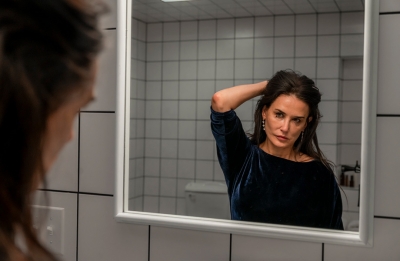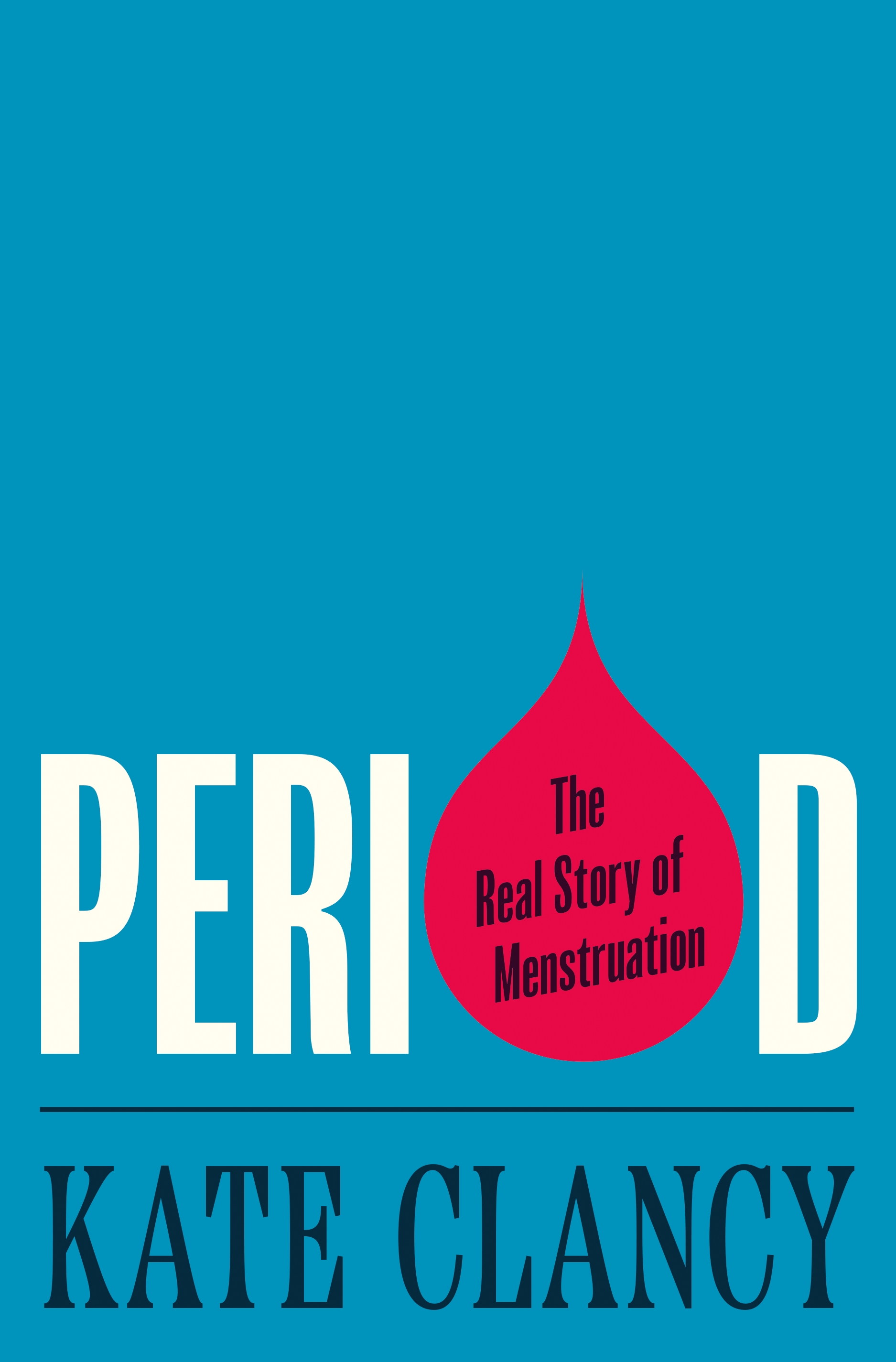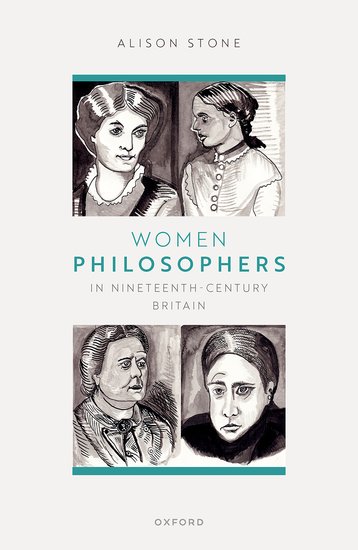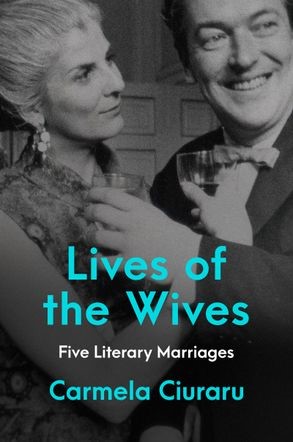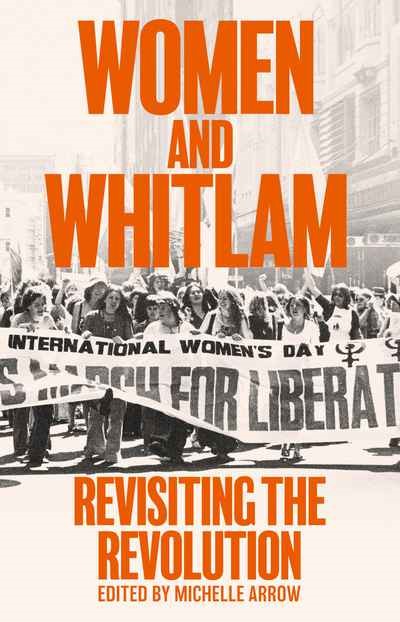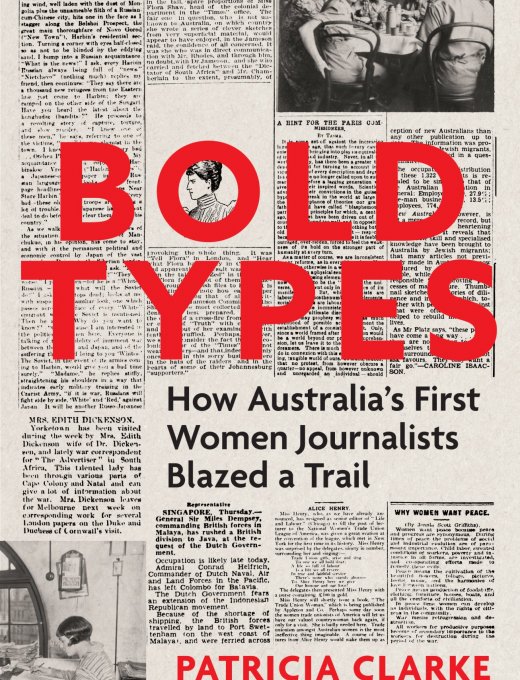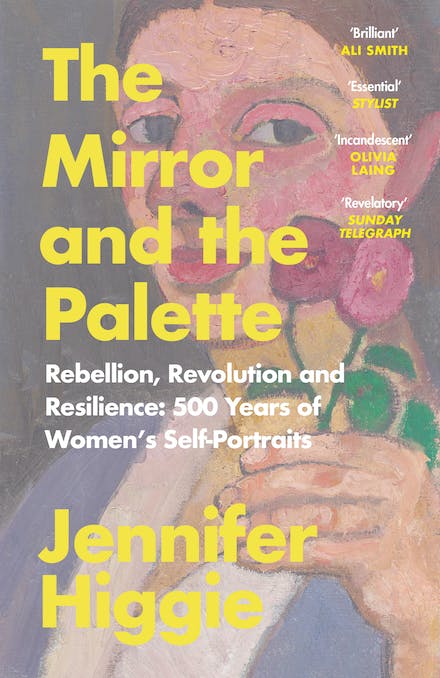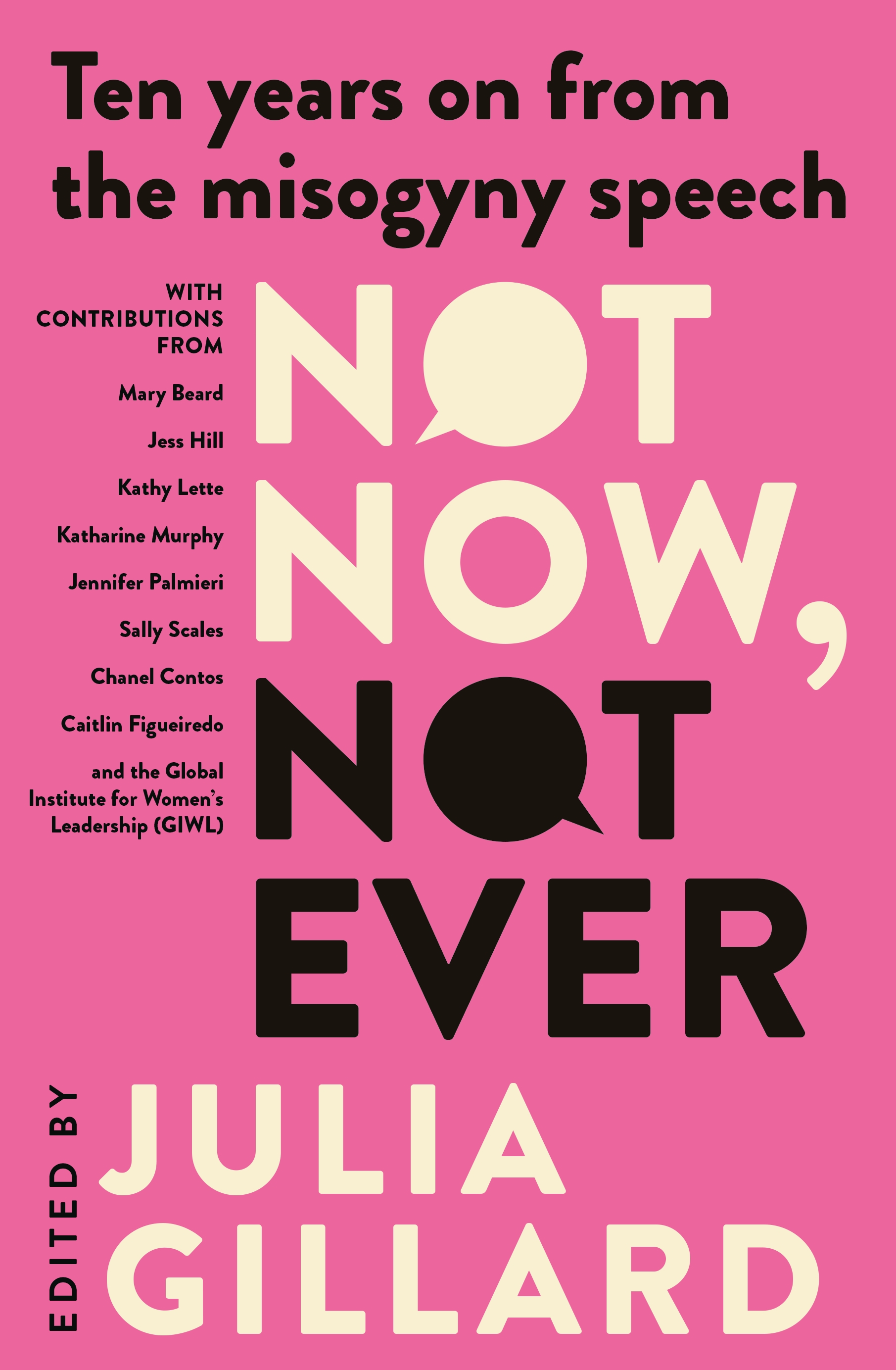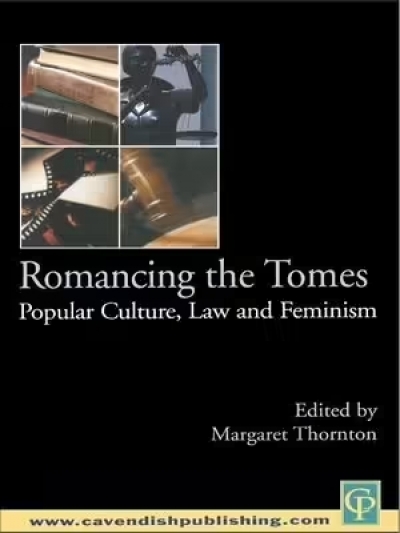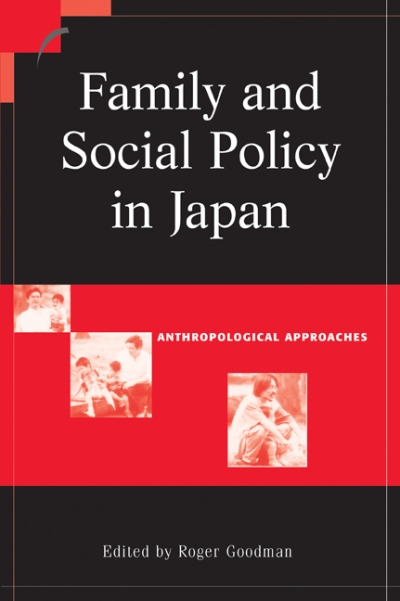Feminism
As a gynaecologist and feminist, I figured that this book would have little new to teach me. By page four, I realised I was wrong. Kate Clancy, an anthropologist by training and a serious researcher into the science underlying menstruation, takes her readers on an adventurous romp through every physiological, political, and social aspect of this monthly bloodletting and tissue-shedding that virtually all women (and other people with uteruses) experience hundreds of times during their reproductive years – myth-busting as she goes.
... (read more)Women Philosophers in Nineteenth-Century Britain by Alison Stone
Ask anybody to name a philosopher and, chances are, if they can name one, it will be a man. Ask them to name a nineteenth-century British philosopher and they may be stumped, but if they can name one, it will be a man. This book on nineteenth-century women philosophers thus delves into the intersection of two areas of general ignorance.
... (read more)Lives of the Wives: Five literary marriages by Carmela Ciuraru
This book has one of the most off-putting jackets of recent memory. Elizabeth Jane Howard, glass in hand, is gazing attentively at her celebrated novelist husband Kingsley Amis, who is beaming with self-congratulatory pleasure at someone out of shot. Howard, no mean writer herself, seems to be performing the good wife’s duty of smiling at a joke she has heard at least ten times. It is a photo that invites the reader to buckle up for five essays about the wives of prominent writers who gave up their own ambitions for the greater good of being ‘handmaidens to genius’.
... (read more)Women and Whitlam: Revisiting the revolution edited by Michelle Arrow
When the Whitlam government was elected in 1972, women across Australia responded with elation. The Women’s Liberation Movement had helped bring Labor to power and was in turn galvanised by the programs, reforms, and appointments that began to be put in place. In Women and Whitlam: Revisiting the revolution, Michelle Arrow has assembled a splendid range of memoirs, reminiscences, and short essays that document twenty-five women’s perspectives on this much mythologised era. The collection will be of great interest to those who lived through these momentous times and to readers of Australian social and political history more generally. It will also serve as a useful teaching text.
... (read more)Bold Types: How Australia's first women journalists blazed a trail by Patricia Clarke
After she left journalism, Patricia Clarke turned to researching and writing books, beginning with The Governesses in 1985. Bold Types is her fourteenth book. The Canberra writer was a familiar figure at media history and other conferences, and in the National Library of Australia reading rooms, until Covid-19 at least. Her books, augmented by dozens of articles and conference papers, focus mainly on the lives, careers and letters of Australian women, especially writers and journalists. Clarke also writes about the history of her city, Canberra, an interest reflected in some of the fourteen entries she has produced for the Australian Dictionary of Biography. The ninety-six-year-old has devoted nearly ‘half a lifetime’ (to borrow the title of one of her tomes, about Judith Wright) to historical endeavours.
... (read more)The Mirror and the Palette: Rebellion, revolution and resilience: 500 years of women’s self-portraits by Jennifer Higgie
I dare say Christine de Pizan (1364–c.1430) would be surprised by her current celebrity: six centuries is a long wait. Now the name of this foundational European feminist writer, working in fifteenth century Paris, seems to crop up everywhere. She was invoked in Zanny Begg’s 2017 video The City of Ladies, which is touring Australian galleries until early 2024, and now on the first page of Jennifer Higgie’s rollicking The Mirror and the Palette. In her medieval bestseller The Book of the City of Ladies (1405), de Pizan wrote: ‘Anyone who wanted could cite plentiful examples of exceptional women in the world today: it’s simply a matter of looking for them.’
... (read more)Not Now, Not Ever edited by Julia Gillard & How Many More Women? by Jennifer Robinson and Keina Yoshida
There is more that connects these two books than their bright pink covers – they both highlight a recasting of the patriarchal architecture of power as central to achieving gender equality. How Many More Women? and Not Now, Not Ever tell an uncomplimentary but complementary story of parliament, the executive, the courts, the media, universities, and business as components of a repressive world ‘tend[ing] to oppress and discriminate against women and girls’, while also enchaining men whose values and norms have moved beyond those of the patriarchy.
... (read more)Romancing the Tomes: Popular culture, law and feminism edited by Margaret Thornton
What exactly is popular culture? Does Big Brother really pose an inherent challenge to law? And what connection does the regulation of cyberpornography have with the film Pretty Woman? These are some of the questions I was left with after reading Romancing the Tomes, a cross-disciplinary collection of conference papers exploring the ‘uneasy relationship’ between law and popular culture from a feminist perspective.
... (read more)Family and Social Policy in Japan edited by Roger Goodman & Feminism in Modern Japan by Vera Mackie
In the latest offerings in Cambridge University Press’s ‘Contemporary Japanese Society’ series, Vera Mackie outlines 130 years of Japanese feminism, while Roger Goodman’s collection explores a decade of policy interventions in that country that challenge a society still based largely on a strict gendered division of labour. Men’s primary role is to be the overworked salaryman warrior, while women’s is to care for dependents, both children and grandparents, in a society that ‘is rapidly becoming the world’s oldest ever human population’. Perhaps the shock of 1989, when women’s birth strike reduced the fertility rate to 1.57, should have been expected.
... (read more)

